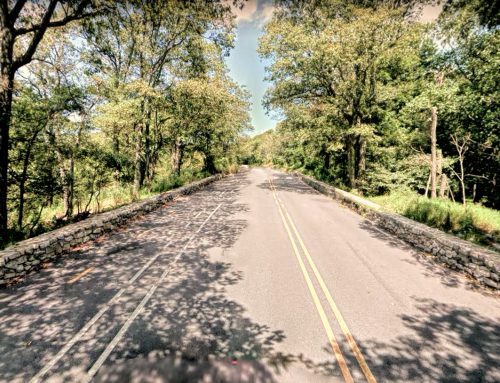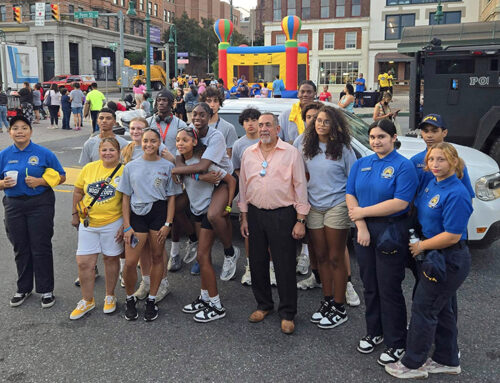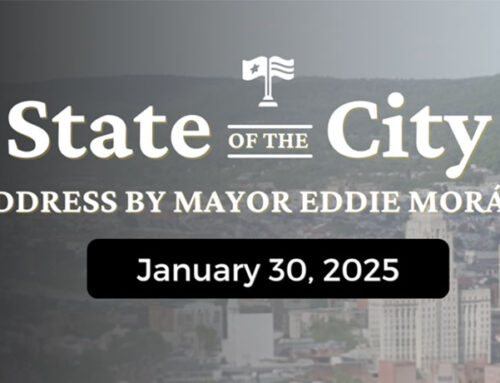Reading City Council held a public meeting on Wednesday evening, May 31, about the removal of Bernhart’s Dam and to provide the public with the plan for the surrounding park.
From collected samples, the PH of the water and the soil is consistently between 2.5 and 7.6 which is the perfect spot for healthy ecosystems. Ducks and the geese are fine and happy and the babies are few but fine. Some really nice brown trout were observed in the 2-acre pond.
Below: Pond at Bernhart’s.

It is safe for an adolescent to be exposed to the area less than 80 times per year.
Lead contamination removal was removed years ago from all of the areas which had high levels of lead in the soil which were accessible. Two areas that weren’t cleaned were an island and the steep slope behind the island. The steep slope was considered pretty much impossible to climb and play around. They didn’t feel there would be contact; therefore, there wasn’t any effort to remove soil there.
Lead is not coming out of the sediments and while there may still be some in a couple places it’s not washing out. Monitoring of lead levels is ongoing. Capping sediments with some soils or some clays and then putting the appropriate kind of vegetation on it to hold everything in place. Bushy hedgy vegetation that won’t invite children into play, will probably protect the public really well. The alternative is removing soil.
There don’t seem to be a lot of benefits of refilling the lake. There certainly are aesthetic beauty benefits to seeing a lake and the people directly around the lake get that benefit regularly. But people weren’t really using the lake and park very much since about the 1950s and 1960s.
Recommendation was, to go forward with a more natural remediation and get the communities together and think of kinds of recreational and educational and environmental and natural opportunities something like what was done at Angelica. Make a beautiful water and environmental area. Keep a pond and creek. Create fishing docks and walkways, playground, and education center.
The city is prepared with some capital funding to do a remediation that would remove the remainder of the earth and dam, because currently the spillway is at bedrock. The soil from the removal of the earth and dam could be used to remediate and smooth out some other areas around the lake and transform that into a more traversable path. In large part the delays have been trying to find out what the streams are going to do, where the springs are going to go, and how the soil is going to dry out. The wait must continue a bit before moving forward.
The EPA has reopened the Exide site, and has money from the bankruptcy of Exide that is going to be used to do more assessment and probably remediation.
Advisors are working with a landscape design student, Benjiman Cammarano, on his Capstone project. Born and raised in Reading PA, Benjiman is currently a senior at Delaware Valley University and majoring in Landscape Architecture and Environmental science.
Benjiman said that “understanding some of the history of the dam and what it has been through over the years will help steer this project along by creating a space to connect the surrounding communities. Part of reclaiming this space is giving it back to the local wildlife community as well and trying to introduce forms of Phytoremediation to help with any traces of contamination and pollution from the previous battery plant that affected this piece of land.” Phytoremediation uses plants to clean up contaminated environments. Plants can help clean up many types of contaminants including metals, pesticides, explosives, and oil.
The overall goal of his project is to celebrate the history and give back to the communities to make for beautiful naturalistic park with revitalized woodlands, interactive trail systems including educational boards along their journey. The woodlands surrounding what was once Barnhart’s Dam now act as a functional flood plain meadow inhabited by some of the region’s most fascinating species of wildlife. Throughout the meadow is a natural creek (Barnhart’s Creek) that feeds the remaining 2-acre pond and helps establish fish ladders promoting healthy streams and water ways for all aquatic species. This experience provides visitors with endless opportunities to experience, celebrate, and educate themselves through nature. A boardwalk and observation deck would provide safe access and a space for birdwatchers and fishing.
The city is collaborating with the state to apply to the state for grant funding. This is just the beginning of the dialogue. The city will have other public meetings for the community to get engaged.
History
Bernhart’s dam and lake has existed on an extensive Spring Valley acreage since 1796. The dam was originally constructed for a grist mill. John S. Bernhart acquired the mill tract in 1832. He enlarged the dam, built a new mill and then added a third story to the mill in 1853. [..Read More]






Leave A Comment